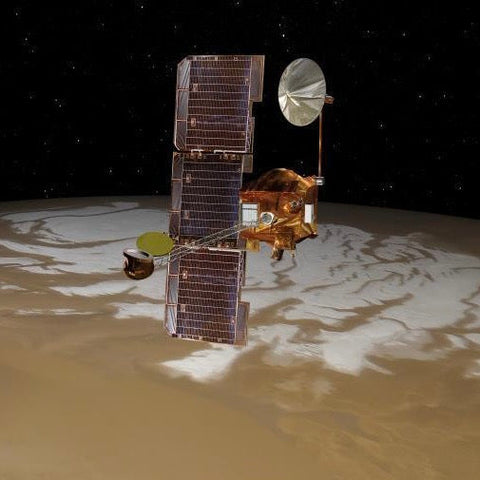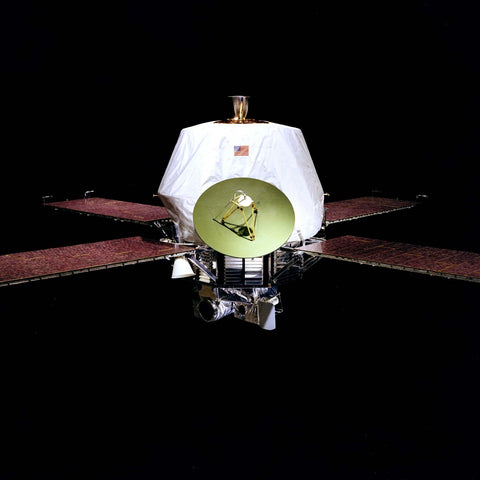In the realm of Martian exploration, the spotlight often shines on the rovers traversing the Red Planet's surface. However, behind the scenes, a silent hero has been instrumental in the success of these rovers—2001 Mars Odyssey. Join us as we unravel the story of this unsung hero, the orbiter that has played a crucial role in enabling communication, data relay, and scientific observations for various Mars missions.
2001 Mars Odyssey: Launch and Arrival
Launched on April 7, 2001, by NASA, the 2001 Mars Odyssey orbiter embarked on its mission to study the Martian surface and atmosphere. After a 200-day journey, it successfully entered orbit around Mars on October 24, 2001. 2001 Mars Odyssey's primary objectives included mapping the Martian surface, analyzing its composition, and serving as a relay station for communications between Earth and other Mars missions.
Communication Relay for Rovers:
One of 2001 Mars Odyssey's key roles has been serving as a communication relay station for surface missions on Mars, notably the Mars rovers Spirit, Opportunity, Curiosity, and Perseverance. By orbiting overhead, Odyssey provides a vital link between the rovers and mission control on Earth. This relay function facilitates the transfer of scientific data, images, and commands, allowing seamless communication even when the rovers are out of direct line of sight with Earth.
Mapping Mars' Surface:
Equipped with the Thermal Emission Imaging System (THEMIS), 2001 Mars Odyssey has been instrumental in mapping the Martian surface in unprecedented detail. THEMIS captures images in both visible and infrared wavelengths, revealing surface features, mineral composition, and thermal properties. These maps contribute to our understanding of Mars' geology, climate, and potential landing sites for future missions.
Scientific Discoveries:
2001 Mars Odyssey's scientific instruments have made significant discoveries, including detecting vast amounts of water ice beneath the Martian surface. The orbiter's Gamma Ray Spectrometer (GRS) played a crucial role in identifying hydrogen-rich areas, indicating the presence of water ice. These findings have implications for future human exploration and the search for signs of past or present life on Mars.
Extended Mission Life:
Originally designed for a two-year mission, 2001 Mars Odyssey has far exceeded expectations, continuing to operate and contribute to Mars exploration for over two decades. Its longevity is a testament to the engineers and scientists who designed and operated the orbiter, ensuring that it remains a valuable asset in the study of Mars.
As Mars rovers capture the public's imagination with their surface explorations, it's essential to acknowledge the indispensable role of 2001 Mars Odyssey. This unsung hero has been a steadfast companion, providing the critical communication link that enables the success of surface missions. 2001 Mars Odyssey's scientific contributions, extended mission life, and vital relay functions underscore its significance in advancing our understanding of the Red Planet. As we celebrate the achievements of Mars exploration, let us not forget the silent guardian orbiting above, making it all possible.






